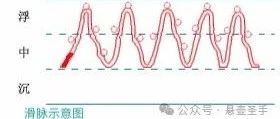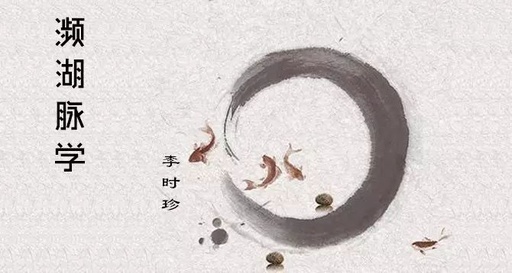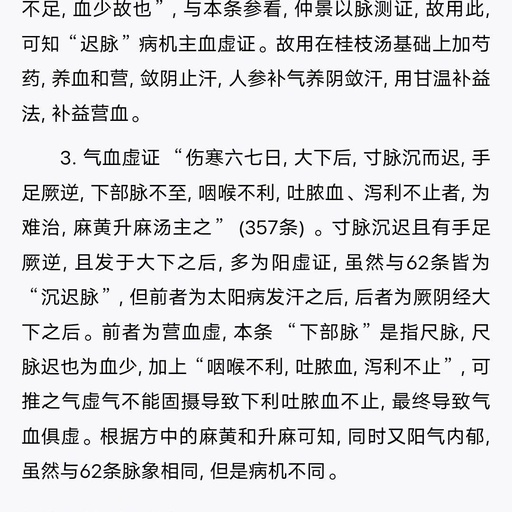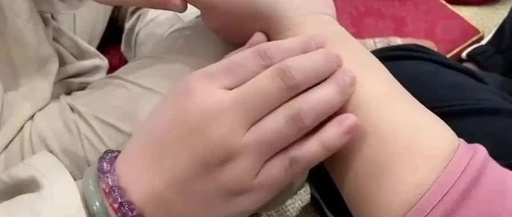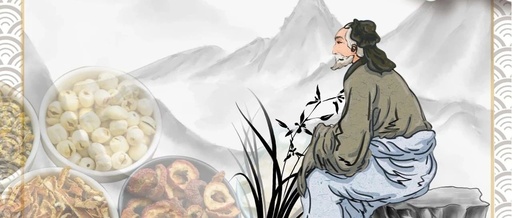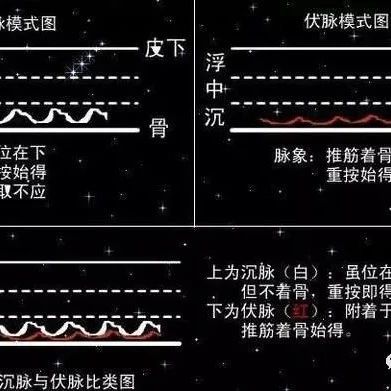Understanding the Characteristics and Diagnostic Significance of the Slippery Pulse
Characteristics of the Slippery PulseToday we will learn about the abnormal pulse types—the slippery pulse.1. Characteristics of the Slippery Pulse:The pulse is exceptionally smooth, with a fluidity that exceeds that of a normal pulse, flowing swiftly beneath the fingers. Many pregnant women exhibit a slippery pulse around the third to fourth month of pregnancy, and … Read more



